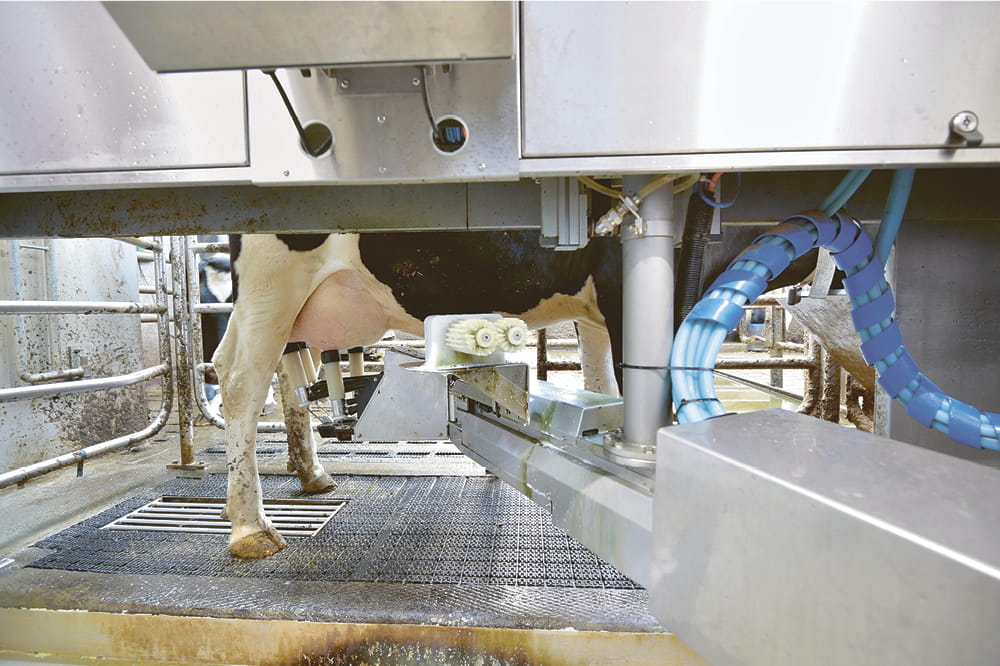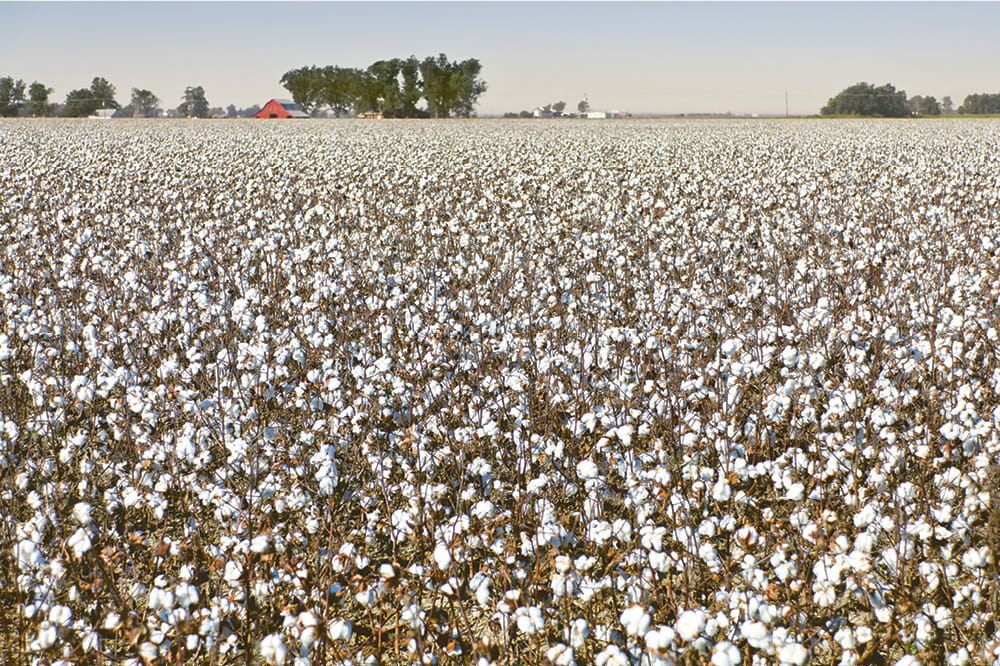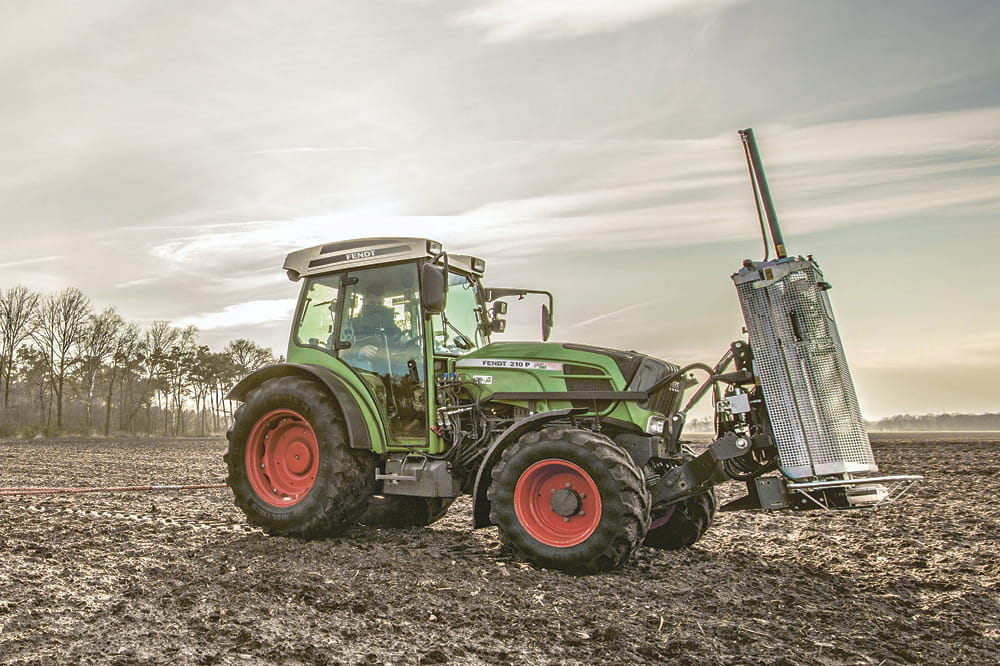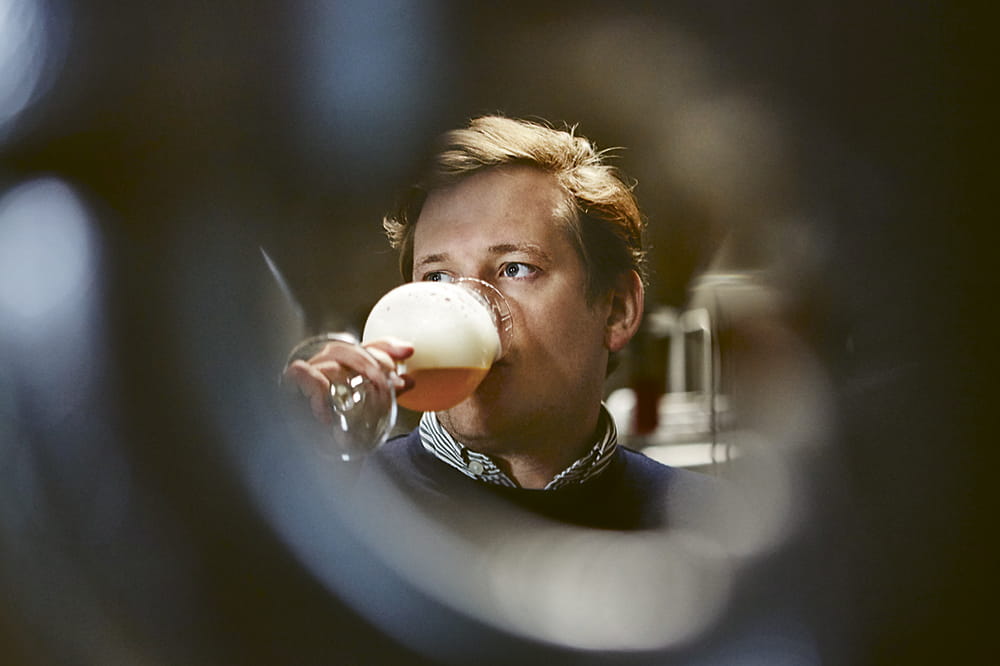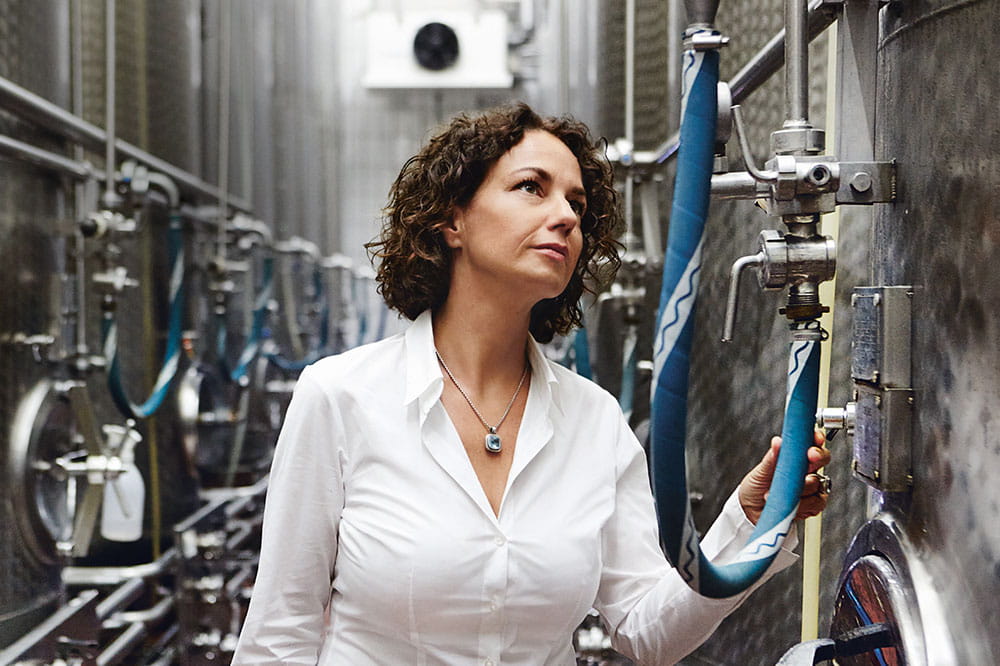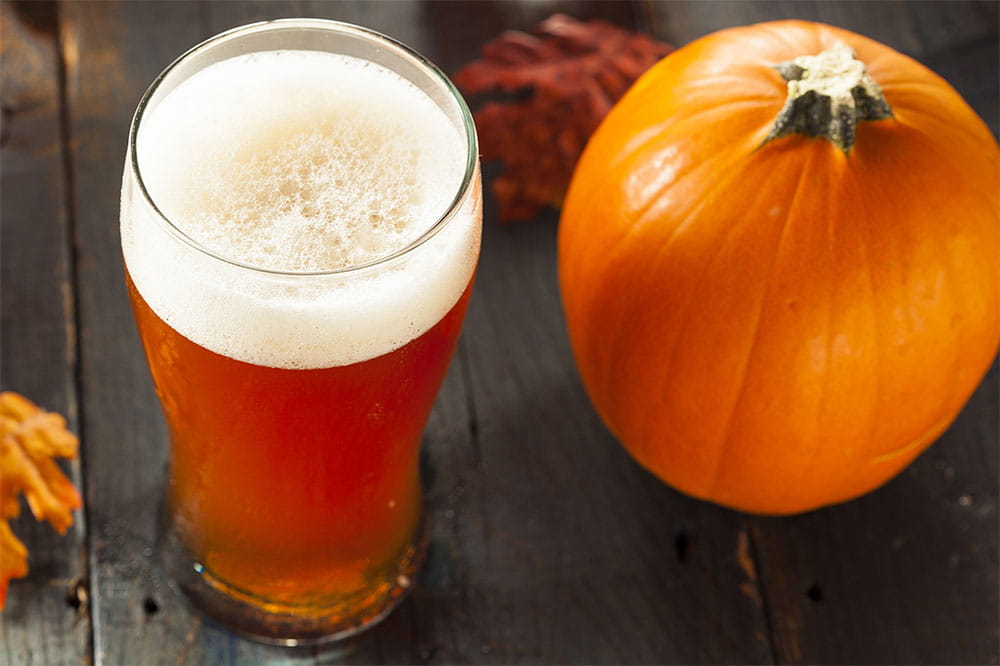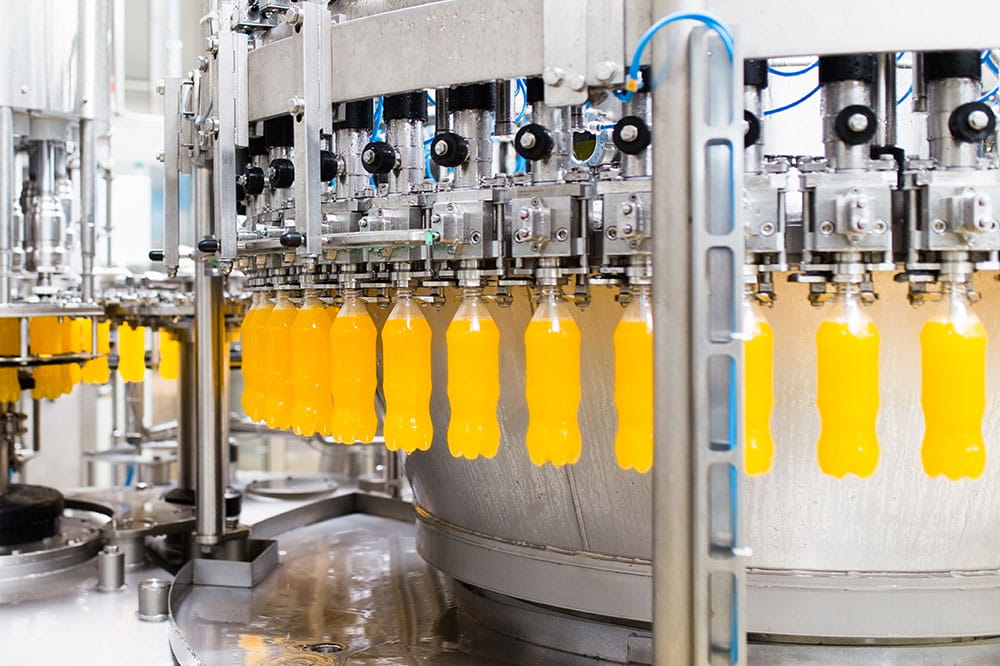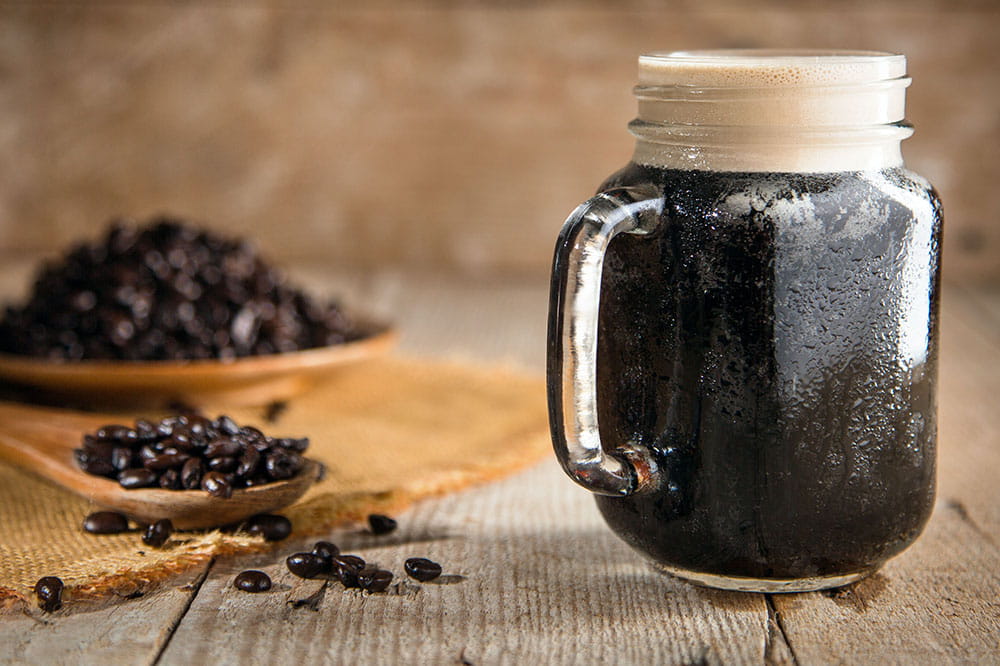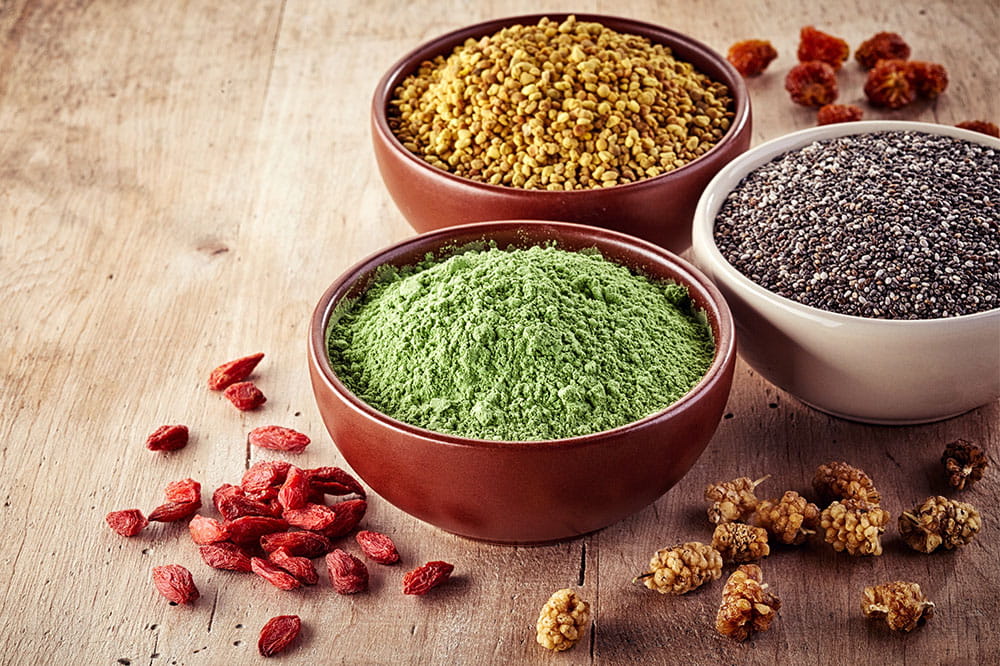Obtain news and background information about sealing technology, get in touch with innovative products – subscribe to the free e-mail newsletter.
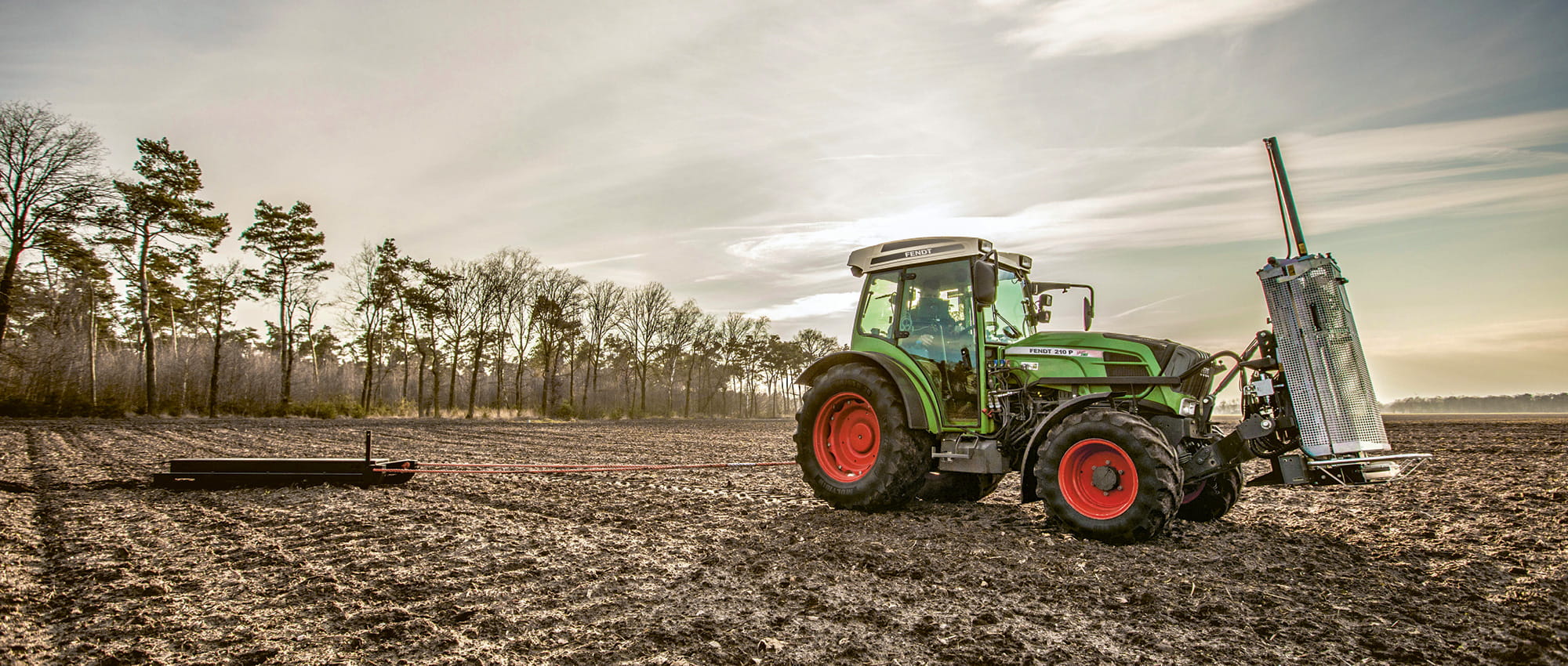
20.11.2018 | Story
The Country Life
Our ideas about agricultural professions often date back to the 19th century. But how do modern farmers work?
Koppensteiner Organic Dairy Farm
7,000 liters (1,840 gallons) of milk. That’s what one cow at the Koppensteiner bio-dairy farm produces in a year.
Robots on an organic farm – are they really a good fit? Two robots are working out quite well on the Koppensteiner organic dairy farm in Lower Austria. One feeds the cows, and the other milks them. For dairy farmers Silvia and Christian Koppensteiner, ecological farming and advanced technology are no contradiction. On the contrary, thanks to the robotic milking, their 68 cows are milked precisely when they want to be.
The robot is installed in its own stall, and the door to it is open to the animals around-the-clock. And it knows the herd – in detail. When one of the cows walks into the stall, she is identified with the help of a transmitter in one of her front hooves. The robot finds the teats in one try, and it measures the quantity of milk during the process – along with its fat, protein and lactose content. Measuring the conductivity of the milk, it can even assess whether the cow might have an inflammation in a teat, and quickly sound the alarm. Life has become a lot simpler since robots and the Koppensteiner family began caring for the animals together. Milking and feeding times no longer dictate the family’s life rhythm. Of course, there is always something to do. Fortunately, everybody pitches in – including the robots.
High value crops in the USA— Wildy Family Farm
567 kilograms of cotton fluff was harvested per acre (about 4,050 square meters) at the Wildy family farm in 2017.
David Wildy inherited the land from his father, who in turn acquired it from his father. On nearly 5,000 hectares in northeast Arkansas, in the Southern United States, he grows cotton, corn, soy, peanuts and wheat. Working with Arkansas State University and the USDA Agricultural Research Service, he found that he could reap a harvest of useful insights about growing crops on his farm.
The highly practical research ranged from soil mapping to water management with the help of sensors and remotely controlled pumps. At times, the scientific analyses could slow his operations – for example, when the control areas are planted and everything is carefully measured. But Wildy believes the long-term gains in knowledge are what counts. Two years ago, he was honored as Farmer of the Year in Arkansas – for practicing what he preaches: farming his land responsibly and with foresight so his children and grandchildren can continue the family tradition.
Growing Potatoes in the Netherlands — Van den Borne Aardappelen
53 tons of potatoes per hectare (about 2.5 acres) – that’s the yield for the crop on Jacob van den Borne’s land.
Data harvest: Jacob van den Borne integrates all kinds of sensors into his farm equipment to scan his soil.
Potatoes and data are the most important crops from Jacob van den Borne’s fields. His philosophy is straightforward: “The smarter the farmer, the more completely he knows his fields.” Van den Borne likes to delve deeply into the data. Measuring and analyzing are as much a component of his daily activities as riding a tractor.
The Dutch potato farmer has 500 hectares of land under cultivation. And this highly detail-oriented farmer painstakingly monitors the plants’ growth on each of his widely scattered parcels, down to the individual tubers. He is interested in everything, from the soil’s nitrogen content to the amount of shade falling onto plants. Meanwhile, he knows the air temperature prevailing at specific fields, the humidity, and even the temperature of the soil. This involves sending drones and quadrocopters out over his fields, integrating sensors of all kinds into his farm machinery, and scanning his soils. He shares his harvest of data with universities and interested parties, knowing there is always more to learn.
More news on the subject Food & Beverage

Join Us!
Experience Freudenberg Sealing Technologies, its products and service offerings in text and videos, network with colleagues and stakeholders, and make valuable business contacts.
Connect on LinkedIn! open_in_new